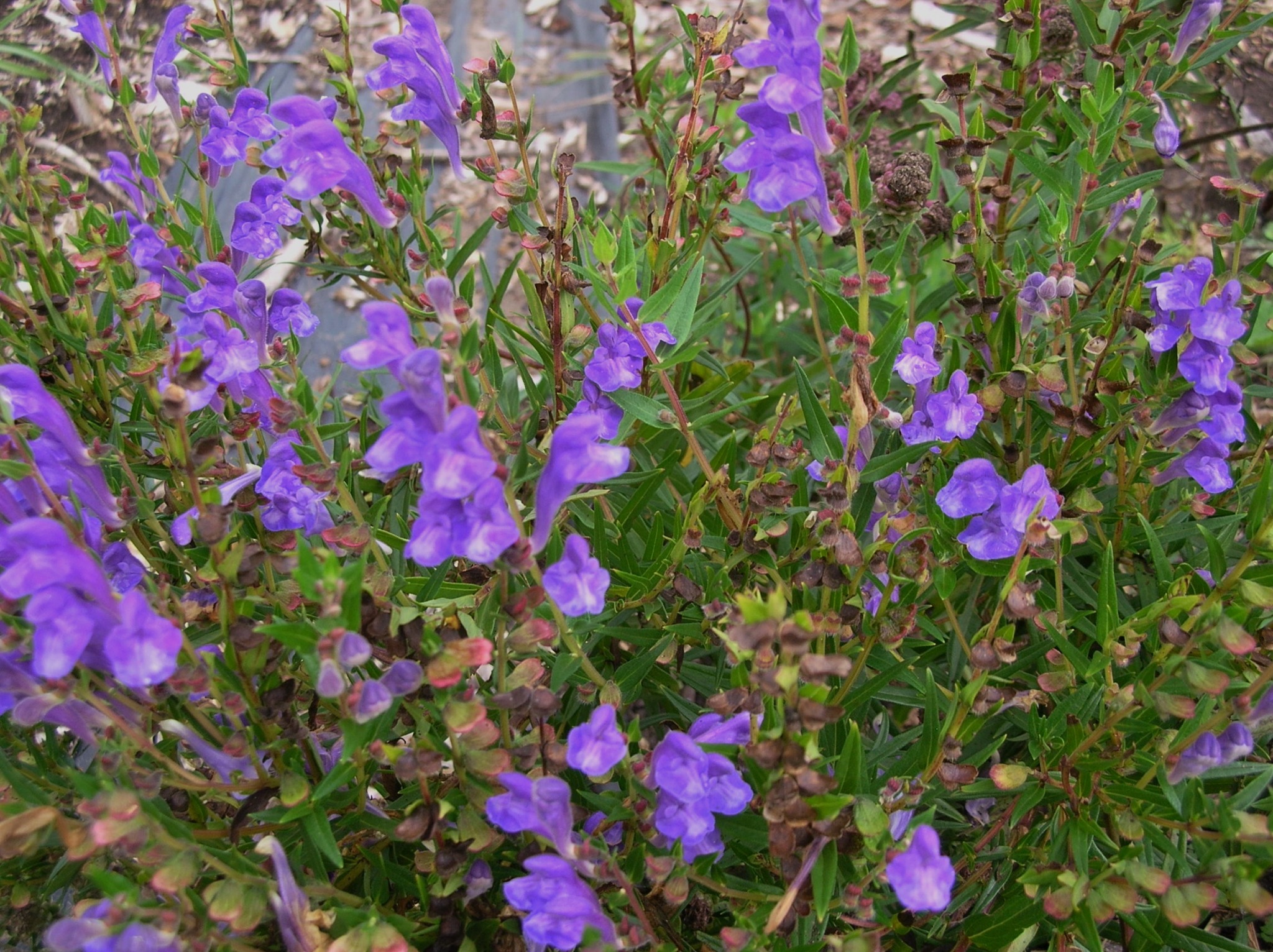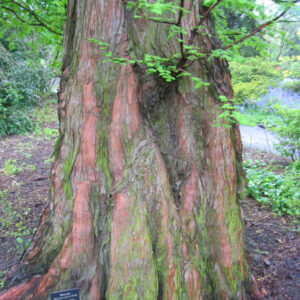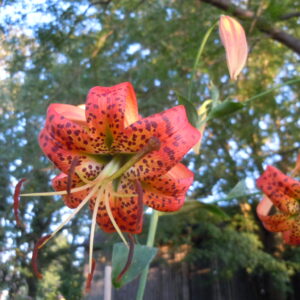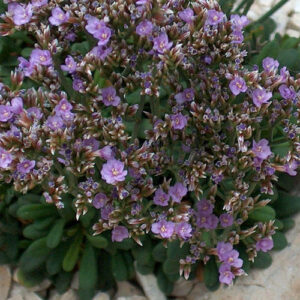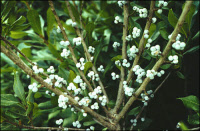Description
OUT OF STOCK
Many stemmed clump, the top third of each stem bears one-sided ladders of rich purple flowers, from a tube connected to the stem opening into two petal-like hoods, one above the other, the top all purple and the bottom purple with a white blotch the shape of a handlebar mustache. This beauty blooms summer into fall.

